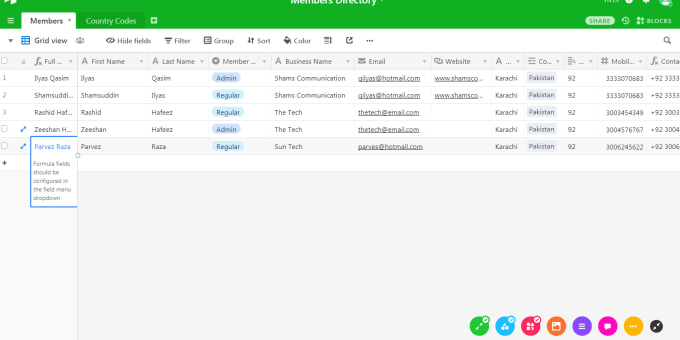



It’s a tricky step, so be careful and do the following: Then we need to set up relations between our tabs – this will expand the Product Categories tab and show Products in the chosen category when the user clicks on it. To do this, drag the Product Categories tab above the Product tab. It’s a no-go! We want the customer to see the Product Categories tab first, which will expand the list of products. Select the spreadsheet with data from your Google Drive and let the magic begin! Set up the app’s tabsįrom the outset, your app looks like this: Then you’ll need to select Google Sheets as a source. Create a Glide app using Airtable as a data source We connected the Airtable database to Google Sheets, which means that we can connect Airtable to Glide apps. To export the Product Categories tab from Airtable, you’ll need to set up a separate Airtable importer as explained above. Here is how the Products tab exported from Airtable to Google Sheets looks: The final action here is to click “ Save and Run” => this will make the first import of data and schedule the automatic imports. This will pull your data from Airtable to Google Sheets on a schedule you can customize. In the Schedule section, you can enable the automatic data refresh. In the Destination section, you’ll need to connect to your Google account and specify the spreadsheet and the sheet to import data to. After that, you can proceed to Destination settings.
#AIRTABLE DATABASE PASSWORD#
Note: If your Airtable view is password protected, then click “ Continue” and insert the password in the respective field.
#AIRTABLE DATABASE FREE#
Note: Coupler.io has a free 14-day trial, so it will cost nothing to you to set up this automation and test it properly.

In addition to Airtable, you can import data from Shopify, Xero, BigQuery, Slack, and other data sources. It is a solution for importing data into Google Sheets from different sources on a schedule. The simplest and no-code way to connect Airtable with Google Sheets is to use Coupler.io.


 0 kommentar(er)
0 kommentar(er)
